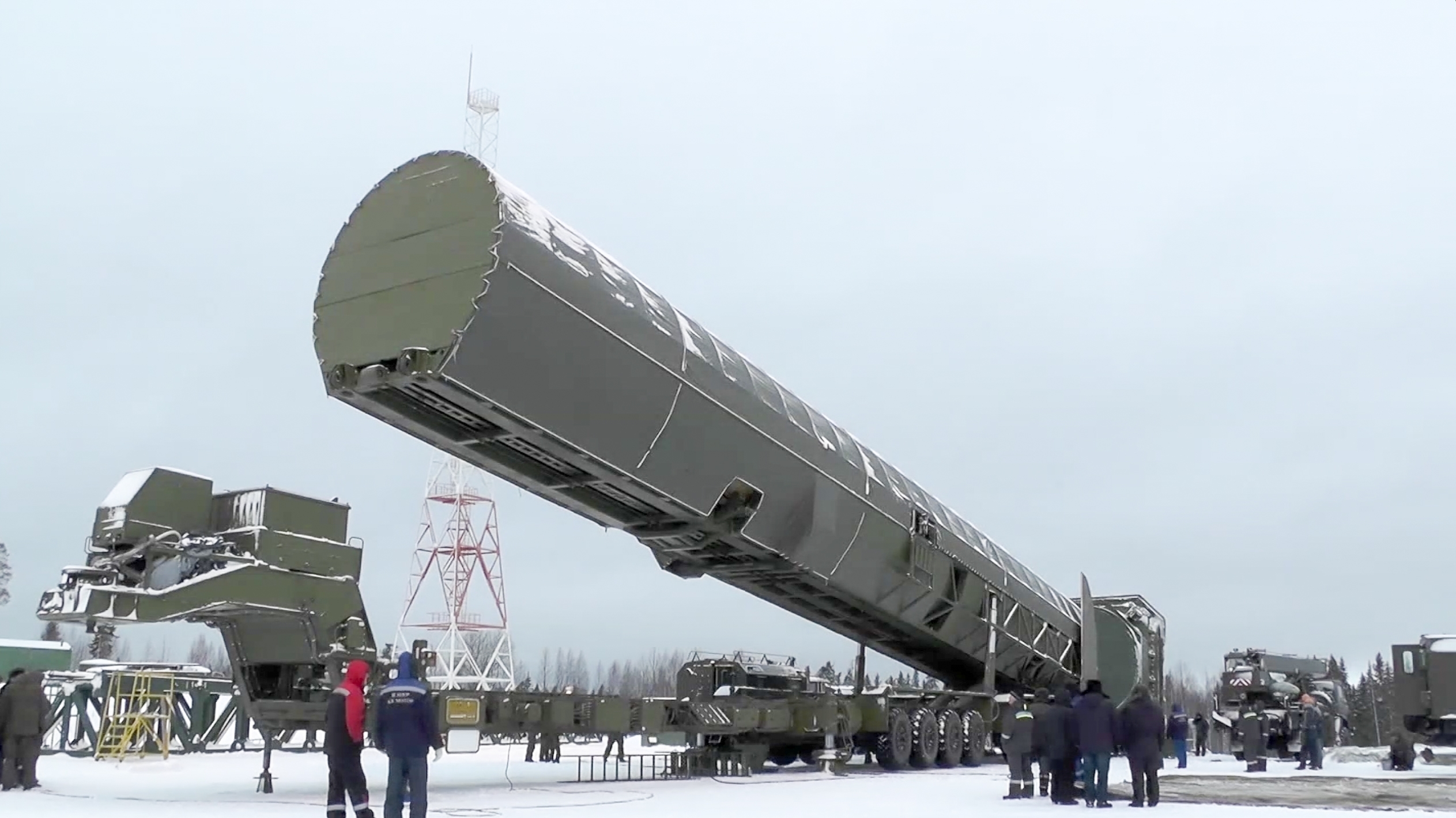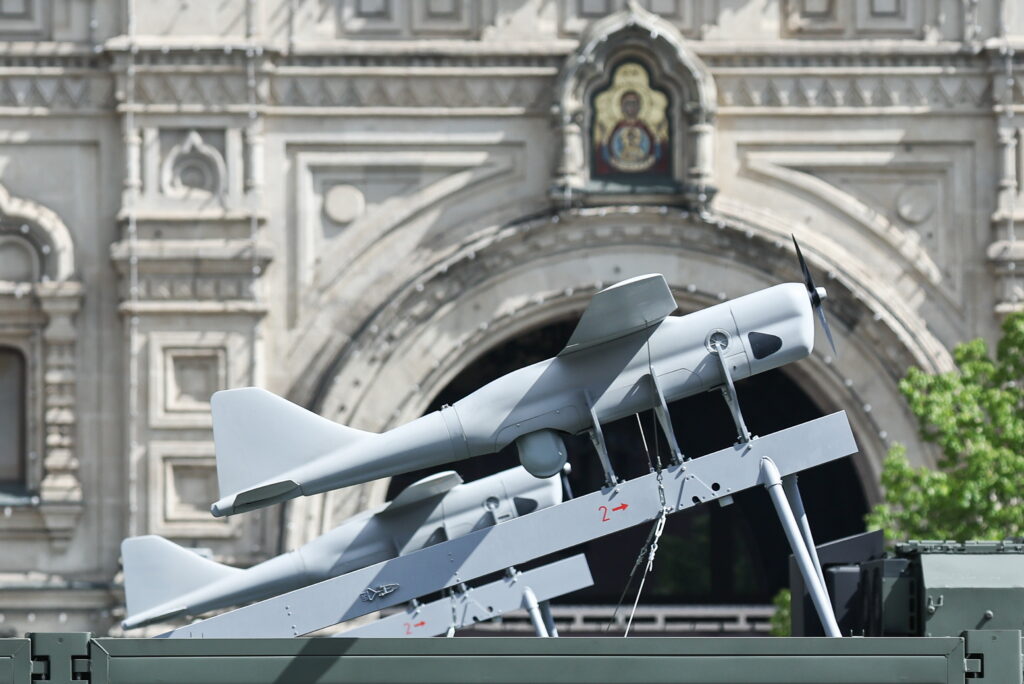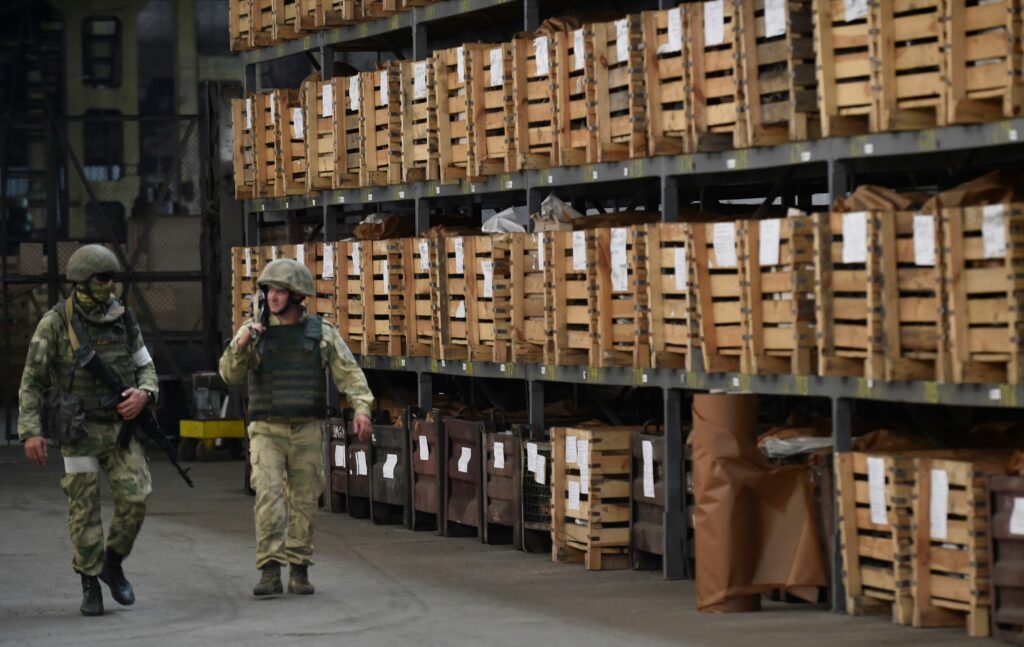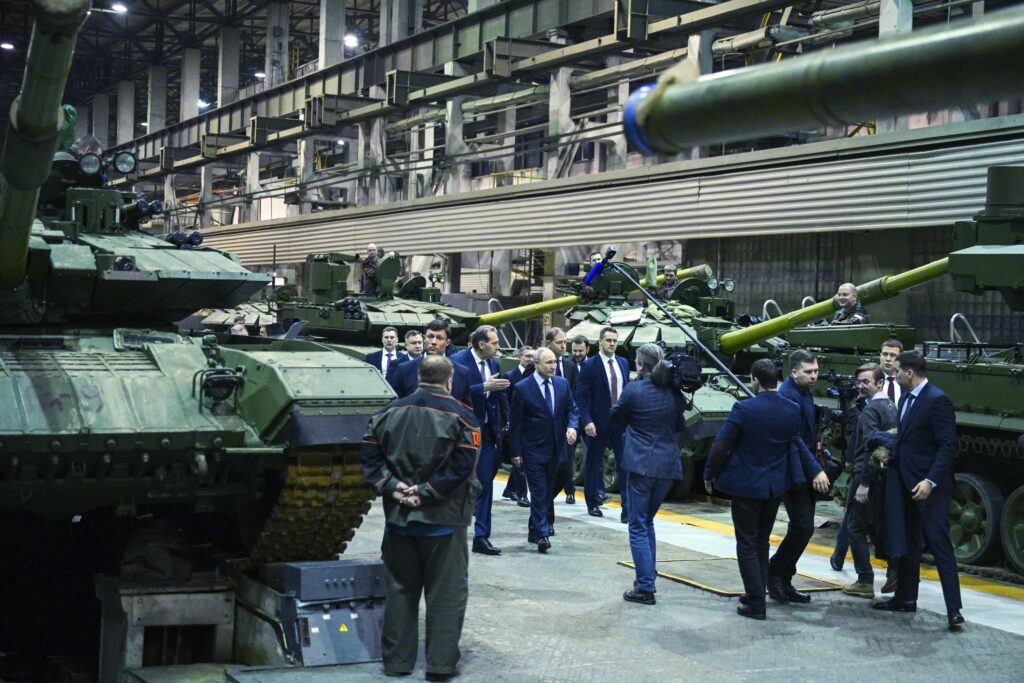On 27 February 2022, Russia’s leadership put the country’s deterrence forces ‘on high alert’. Shortly thereafter, the Russian foreign minister spelled out claims that the West was provoking a nuclear war, which could be seen as a justification for the steps taken by Russia’s leadership. We do not know for sure what ‘high alert’ actually means, as the following levels of combat readiness exist in the armed forces: constant combat readiness, increased combat readiness (during the 1991 attempted coup in the Soviet Union, for example, troops were put on increased combat readiness), military danger and full combat readiness.
Thus, ‘high alert’ can be interpreted as a way of putting psychological pressure on Ukrainians who are resisting and on the world, which is consolidated against the Kremlin. However, this would be an oversimplification: these rhetorical devices are not just sabre-rattling. The concept of ‘nuclear de-escalation’ of a conflict, which has existed in Russian military planning for at least a decade, should be taken into account. The Kremlin could indeed resort to this given fierce resistance on the part of the Ukrainians and strong economic pressure from nearly the entire rest of the world.
The Russian army has a concept of strategic deterrence forces. They are based on strategic nuclear forces, namely intercontinental ballistic missiles (ICBMs), submarine-launched ballistic missiles (SLBMs) and strategic bombers. But deterrence forces also include early-warning radars and space domain awareness, missile defence, long-range precision-guided conventional weapons and non-strategic nuclear weapons. This composition suggests the following: the Soviets never managed to solve the problem of controlled escalation from a conventional to a nuclear conflict, whereas the current Russian government has clearly tried to fix this. It may even be convinced that the problem has been solved. Furthermore, there are probably no nuclear test participants left among the Russian military leadership today who understand from personal experience what they are really dealing with and who would be able to convey this to the political leadership.
The key to understanding is non-strategic nuclear weapons (a.k.a. tactical nuclear weapons (TNW)) and the above-mentioned concept of nuclear de-escalation. The very existence of this concept was put into question by a number of experts several years ago, although I first learned of its existence at an expert roundtable at the Russian International Affairs Council (RIAC) back in 2012. The clearest documented evidence of its existence is Article 37 of the ‘Fundamentals of the State Policy of the Russian Federation in the Field of Naval Operations for the Period until 2030′, adopted in July 2017. It explicitly states: ‘During the escalation of military conflict, demonstration of readiness and determination to employ non-strategic nuclear weapons capabilities is an effective deterrent’.
Moreover, the ‘Fundamentals of the State Policy of the Russian Federation in the Area of Nuclear Deterrence’, adopted in June 2020, mentions the deployment of unmanned aerial vehicles (UAVs) as one of the dangers that will trigger the use of nuclear deterrence in order to neutralise the threat (Article 12b). At the same time, one of the conditions for the use of nuclear weapons is ‘a case of aggression against the Russian Federation with the use of conventional weapons when the very existence of the state is in jeopardy’ (Article 17 and Article 18d). It is almost impossible to apply a presumption of rationality and awareness to Russia’s top political leadership, so it is difficult to predict what might be considered ‘the [state’s being] in jeopardy’. For example, increasing aid to Ukraine from NATO member states and other members of the international community could be interpreted as such. The problems faced by the most combat-ready units of the Russian army could be interpreted in a similar way.
In addition, it is possible to demonstrate readiness to use non-strategic nuclear weapons by simulating a nuclear attack. In 2013, for example, Russian troops simulated a strike against Sweden in an exercise. However, there is an option of a demonstrative nuclear strike on unpopulated terrain or a non-navigable area of the world’s oceans. A key role in such a first demonstration appears to be assigned to Russian long-range and anti-submarine aircraft, but other carriers of such weapons cannot be ruled out (and many of them are already in use in this war).
The core of non-strategic nuclear weapons carriers is in the navy: nuclear-powered cruise missile submarines and multipurpose nuclear submarines, missile cruisers and Tu-142 anti-submarine warfare (ASW) aircraft. However, the air force also has Tu-22M3 long-range bombers, Su-24 frontline bombers and perhaps Su-34 bombers. Ground forces are also equipped with them: mainly missile brigades equipped with Iskander missile systems with ballistic or cruise missiles. In the latter case, the status of the 2S4 Tyulpan self-propelled heavy mortars remains unclear, as nuclear warheads to equip them existed in the Soviet days.
As for the warheads themselves, they are all located in the facilities of the 12th Chief Directorate of the Ministry of Defence: 12 consolidated storage sites and their repair-and-maintenance bases. Three of the consolidated storage sites are in close proximity to the battlefields, as are the respective repair-and-maintenance bases and the locations of the potential missile carriers. Thus, it is almost impossible to foresee in advance exactly which military unit in Russia would be central to the implementation of the nuclear de-escalation concept, should it be ordered.
The number of carriers of non-strategic nuclear weapons, and the number of these weapons themselves, has fallen significantly since 1991. At the time of the collapse of the Soviet Union, Russia had 20,000 various kinds and types of these warheads. Currently, the maximum estimated number is 2,000 warheads. And of these, a much smaller number are actually ready for use: 860 to 1,040 or even fewer. However, the obviously decreasing stock of such weapons may paradoxically lower the threshold for their use. Thus, in the absence of checks and balances and reliable expert opinions leading to political and military decisions, there is a high probability that Russia’s leadership will suffer from an illusion of controlling the consequences.
Ultimately, putting deterrent forces on high alert, despite its rhetorical nature, means that the Kremlin, amid the difficult situation on the battlefield, has not abandoned the idea of bargaining from a position of strength and raising the stakes. It has already threatened to turn the war against Ukraine into a major regional conflict involving nuclear weapons. Under such circumstances, the human factor, those who are going to execute the order, will play the decisive role. Under the circumstances, the Kremlin’s general mistrust of its own army and its readiness to carry out orders has probably worsened, as published by Riddle on several occasions. This mistrust also serves as a deterrent to the implementation of the nuclear de-escalation concept. Moreover, even an attempt to move to the implementation of this concept would destroy the remnants of consolidation in the corridors of power. Therefore, the current threat of even limited use of nuclear weapons looks more like an attempt to play at least a foreign policy card in a situation involving the incipient collapse of the Russian economy, the demoralisation of civil authorities and the loss of any vestiges of capacity by its institutions due to the inability to plan anything.
It is now totally clear that non-strategic nuclear weapons have to be put under rigorous control through treaties. Together with weapons reduction, this will be a high priority after the end of the ongoing war. The number of weapons and plans to identify and reduce them have to be crystal clear. The number of types of possible carriers must also be reduced to a minimum. The Russian missile forces and artillery should be completely deprived of the option of using non-strategic nuclear weapons. As for the navy and air force, the use of such an option should be very limited.










